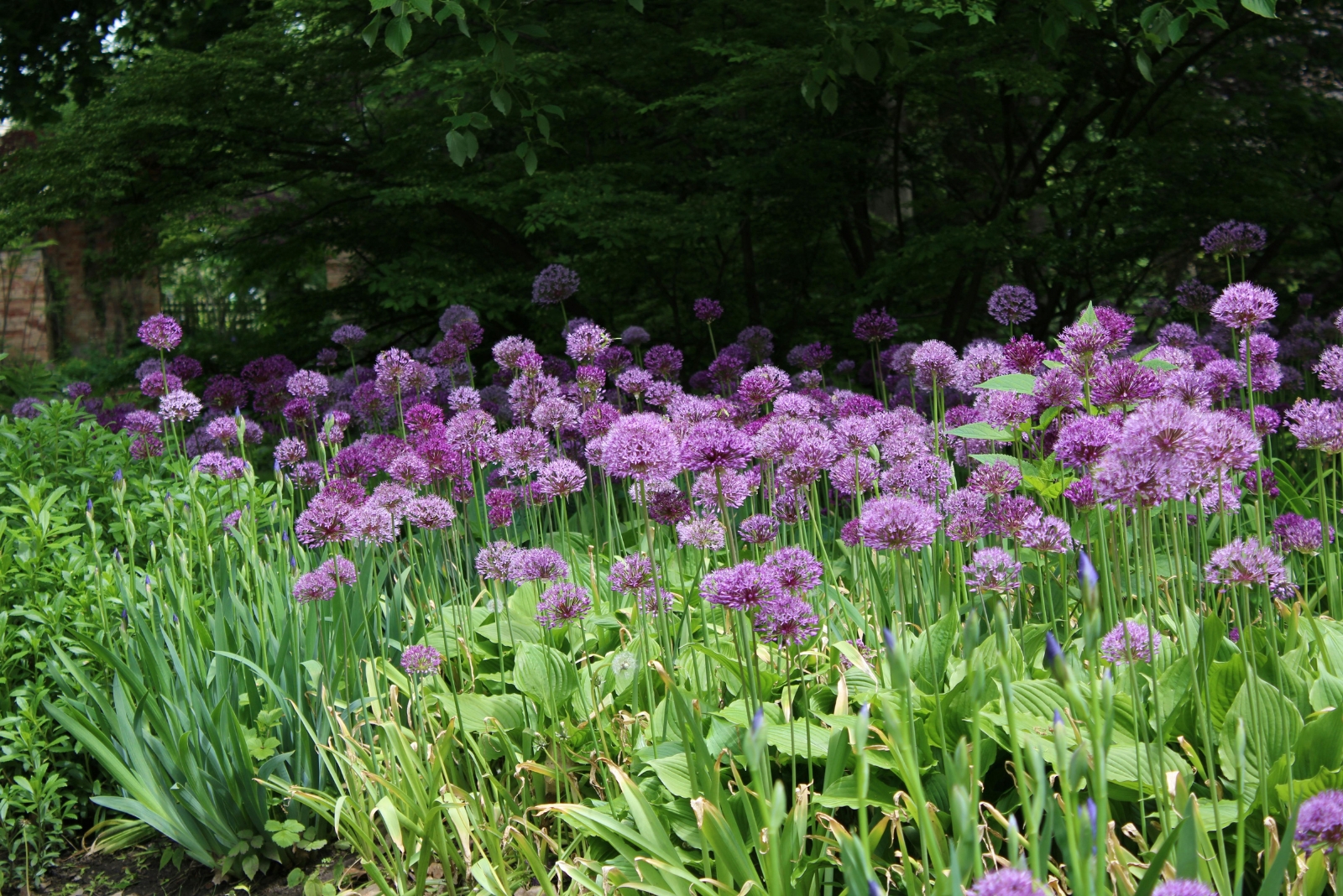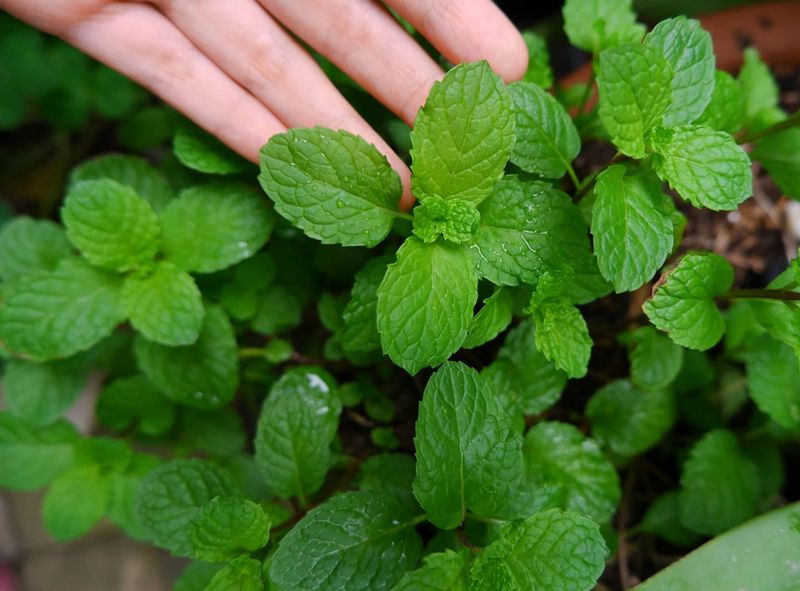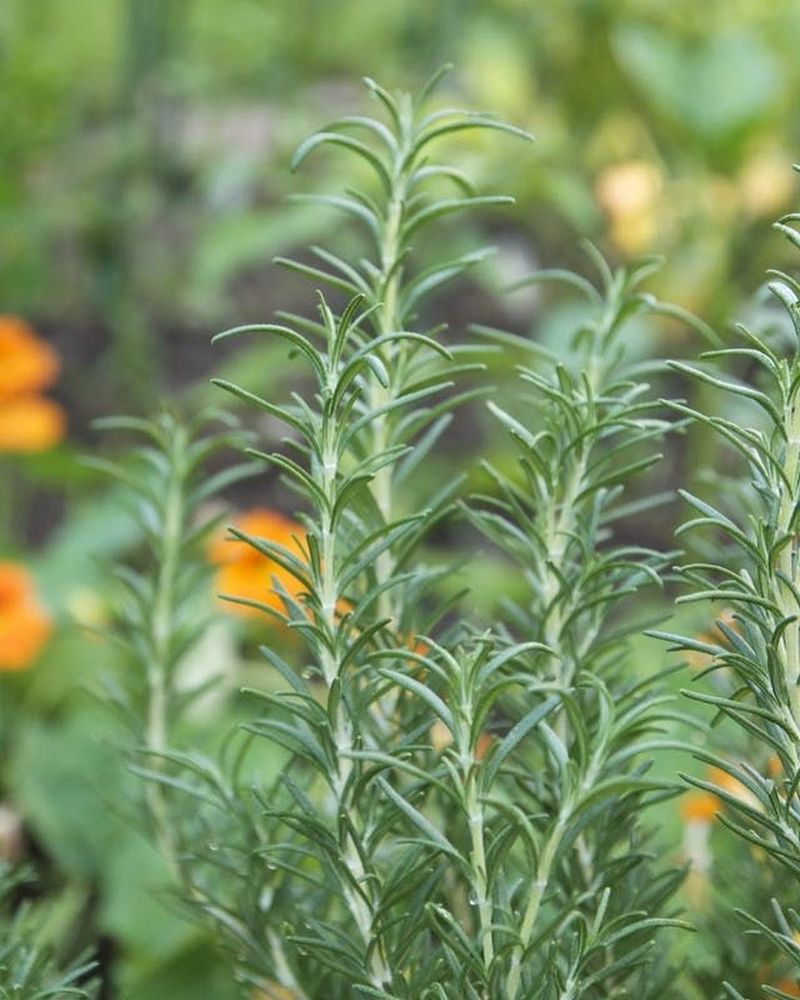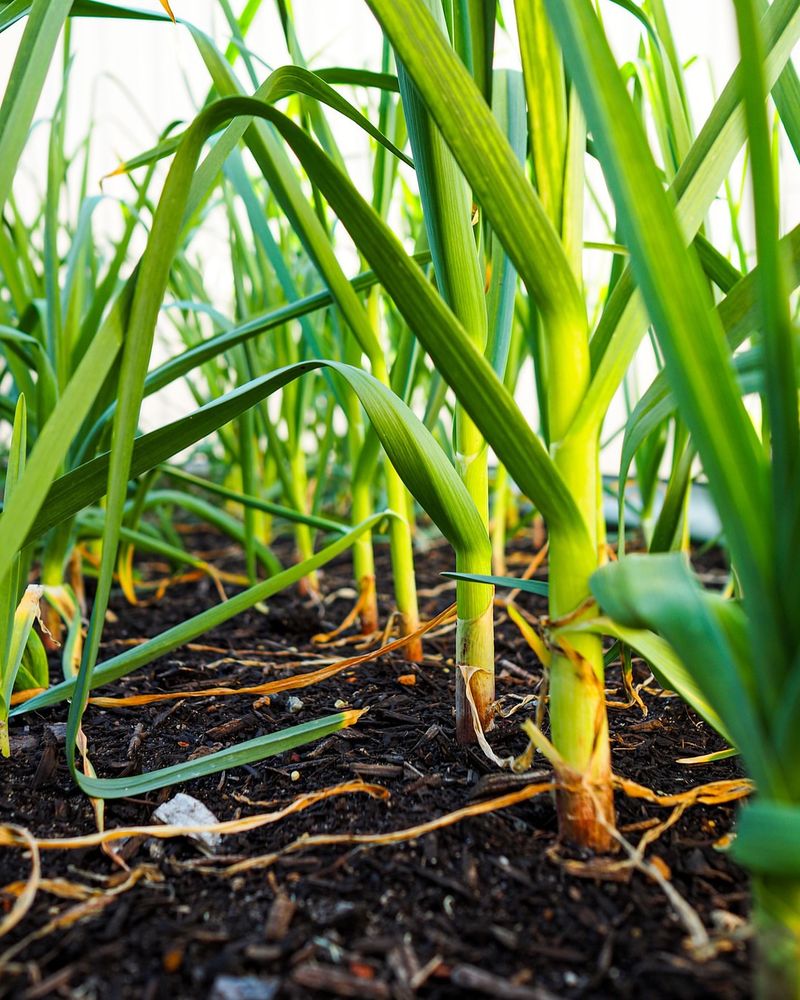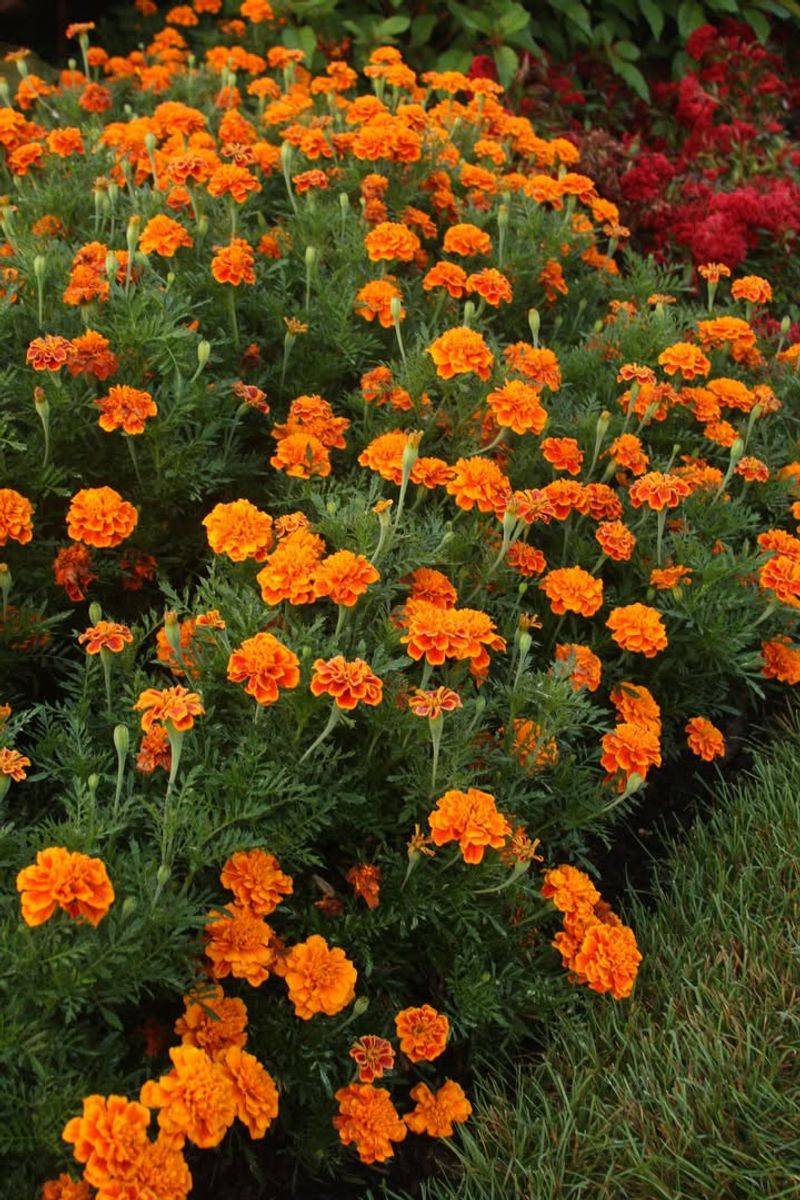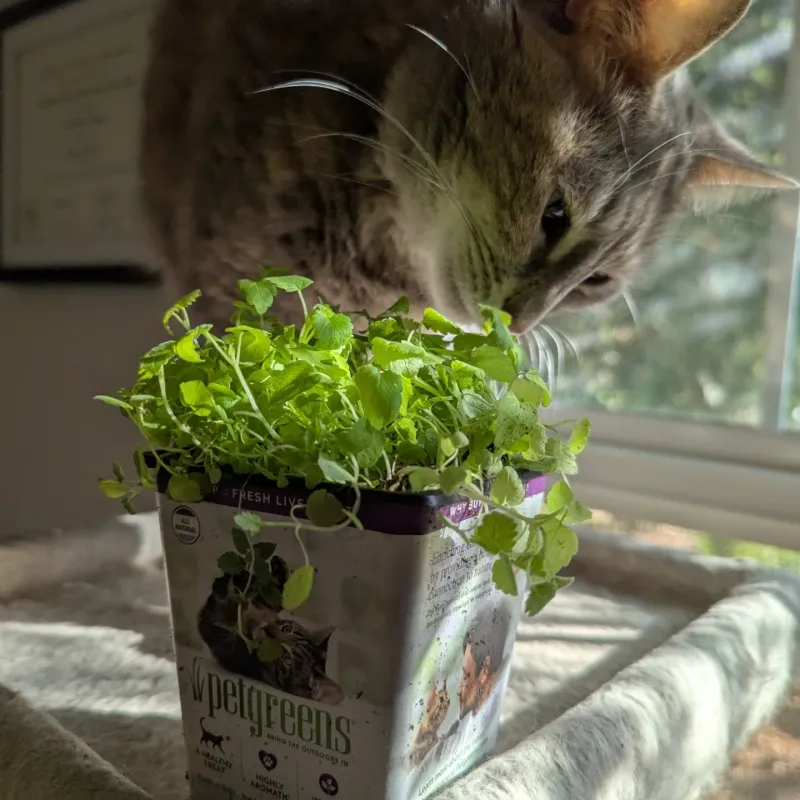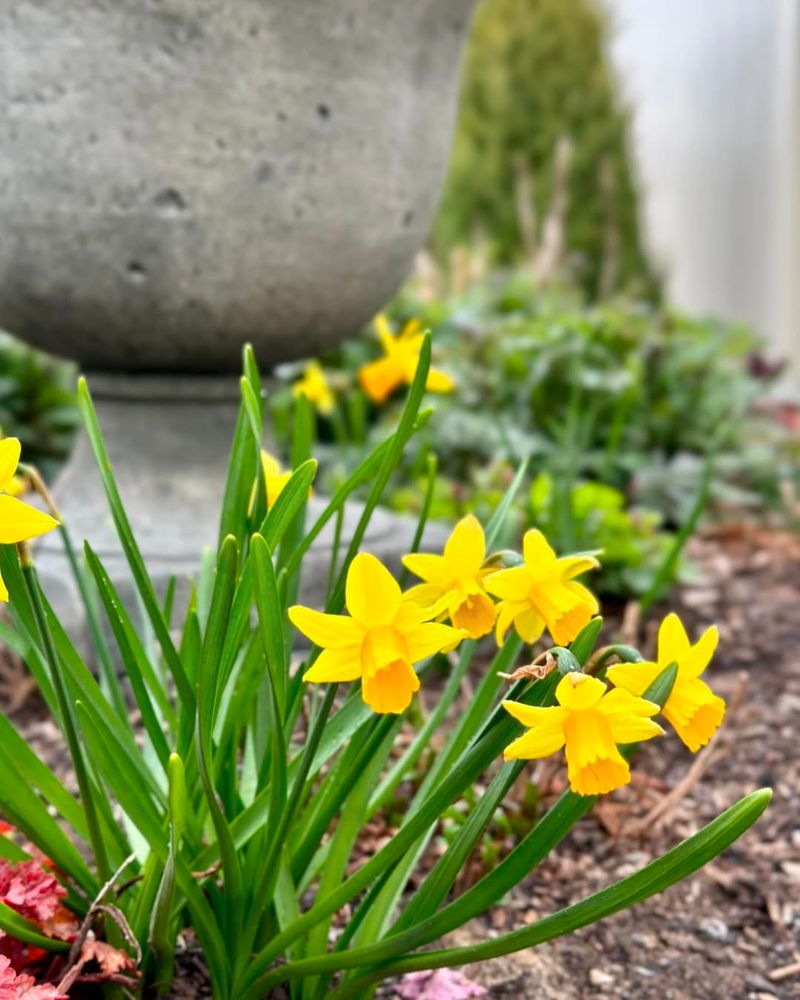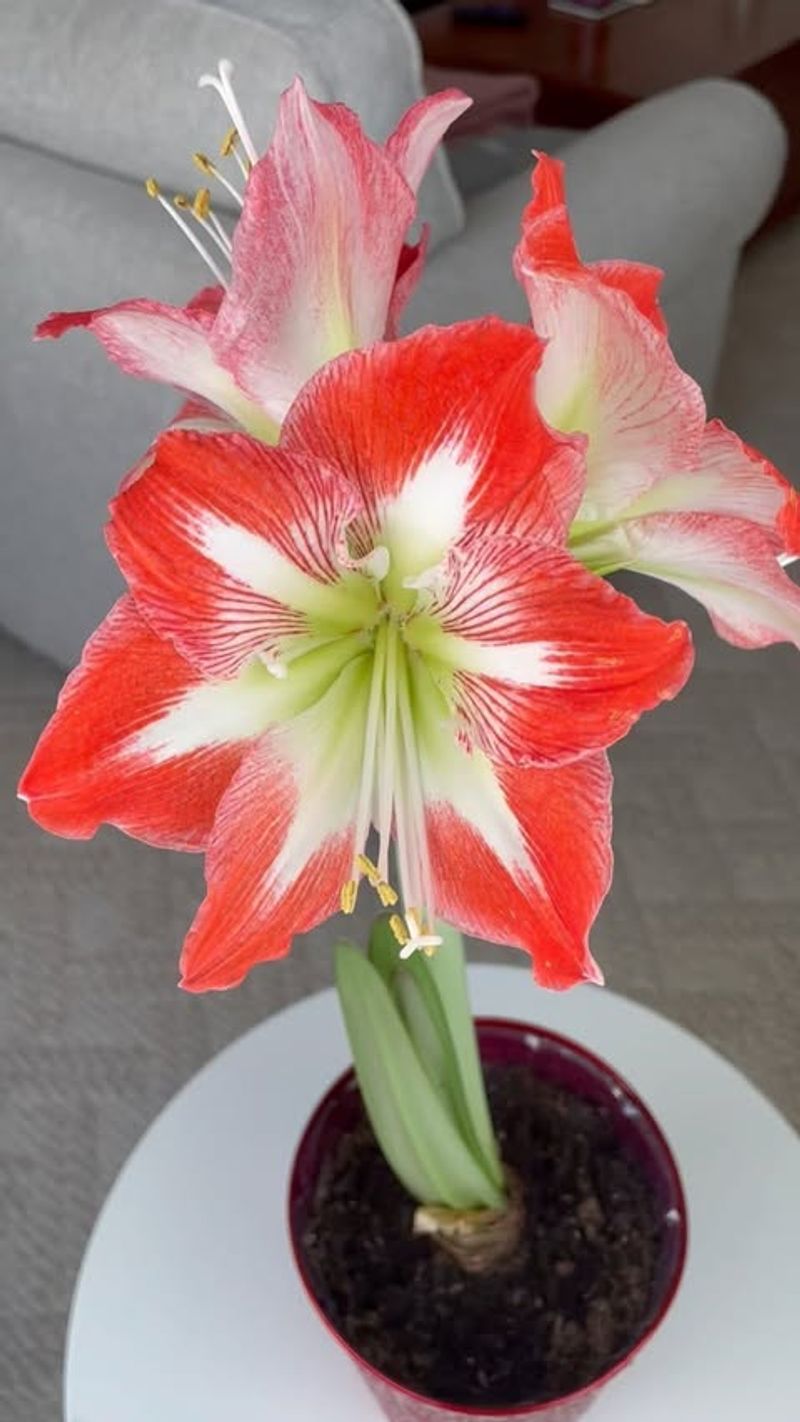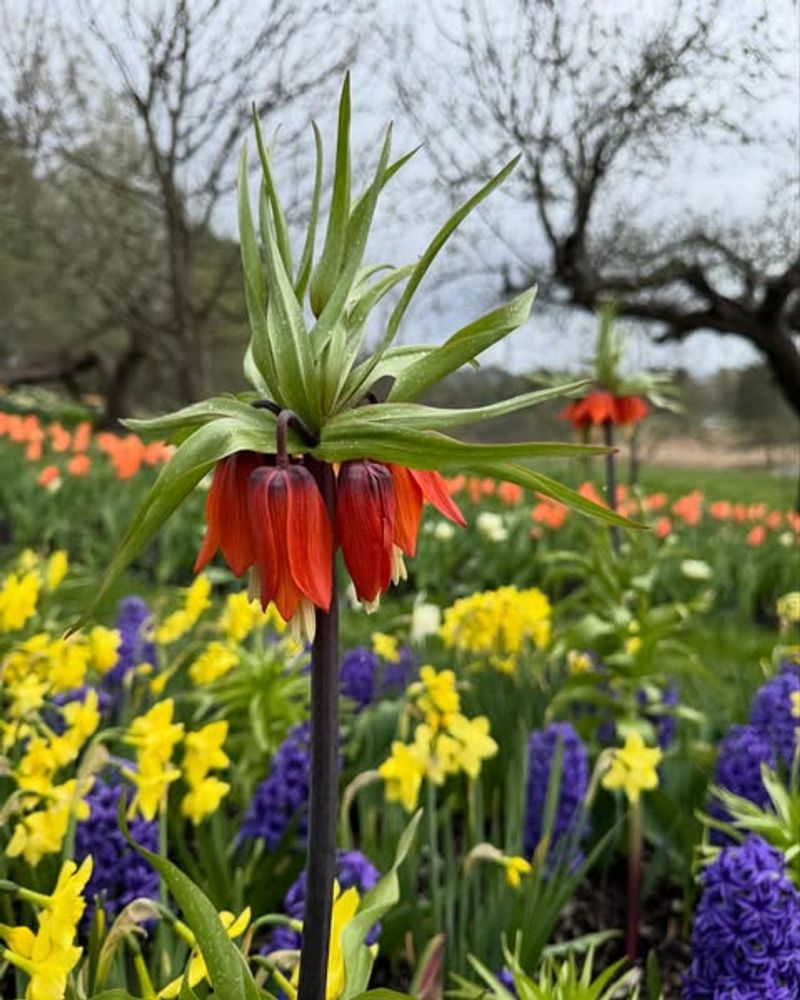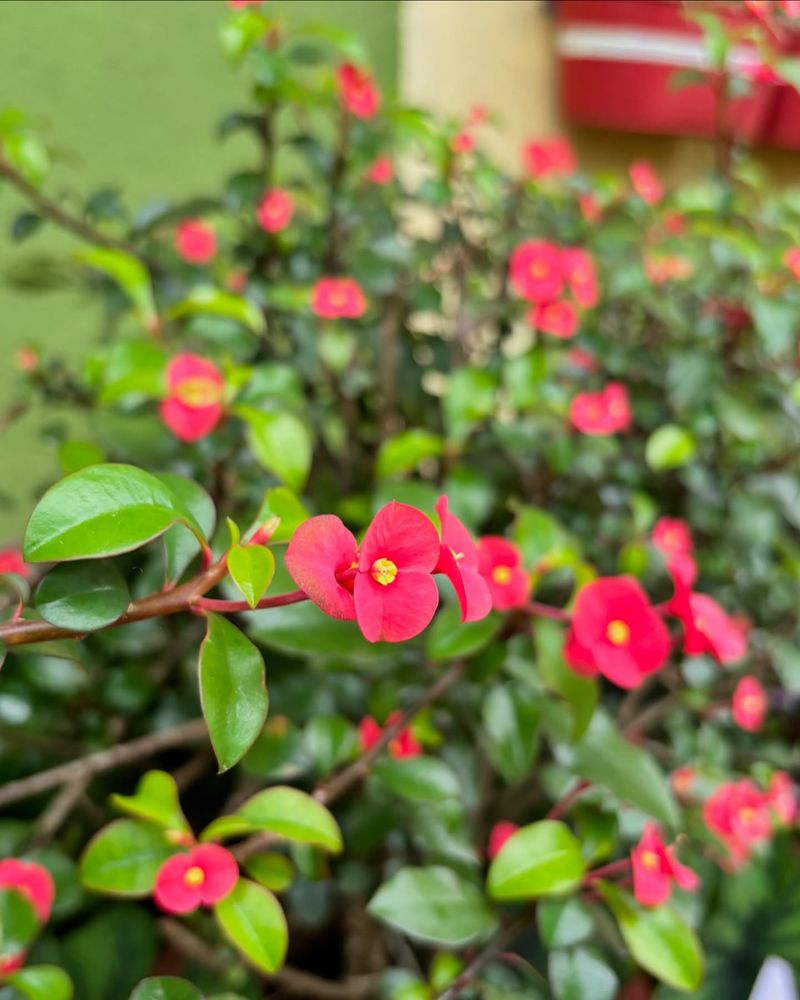Mice can be a real headache for Arizona homeowners, especially when they start invading patios and gardens. These little critters nibble on plants, leave droppings everywhere, and can even damage outdoor furniture.
The good news is that certain plants naturally repel mice with their strong scents and textures, offering a chemical-free solution to keep your outdoor spaces rodent-free.
1. Peppermint
Strong menthol aromas make peppermint one of the most effective natural mouse deterrents available. Mice absolutely hate the intense smell that comes from these refreshing herbs.
Plant peppermint around patio edges or in containers near entry points to your garden. The leaves release oils that irritate rodent nasal passages, sending them scurrying elsewhere.
Bonus: you can harvest fresh leaves for tea or cooking throughout the growing season. Just remember that peppermint spreads quickly, so container planting works best in Arizona landscapes.
2. Lavender
Purple blooms and silvery foliage make lavender a beautiful addition to any Arizona landscape. While humans find the scent calming, mice find it absolutely overwhelming and unpleasant.
Lavender thrives in Arizona’s dry climate and requires minimal water once established. Position plants strategically around seating areas and garden borders where mice typically enter.
The essential oils in lavender leaves remain potent even when dried. You can clip stems and place them around problem areas for extra protection against unwanted rodent visitors.
3. Rosemary
Woody stems and needle-like leaves release powerful aromatic compounds that mice avoid at all costs. Rosemary grows exceptionally well in Arizona’s climate, tolerating both heat and occasional cold snaps.
Create a living barrier by planting rosemary bushes along garden perimeters or patio edges. The plants can grow quite large, providing substantial coverage against rodent intrusion.
Besides deterring mice, you’ll have fresh herbs for cooking year-round. Brushing against the plants releases even more scent, strengthening the repellent effect naturally.
4. Sage
Fuzzy gray-green leaves contain oils that create an invisible barrier mice refuse to cross. Sage adapts perfectly to Arizona conditions, requiring little maintenance once roots establish themselves.
Plant multiple varieties around vegetable gardens to protect your harvest from nibbling rodents. The strong camphor-like scent intensifies during hot afternoons when mice might seek shade near your home.
Native to Mediterranean climates similar to Arizona, sage practically takes care of itself. Regular pruning keeps plants bushy and releases more of those mouse-repelling essential oils into the air.
5. Garlic
Pungent sulfur compounds in garlic create an environment mice simply won’t tolerate. Underground bulbs and aboveground shoots both emit the characteristic odor that keeps rodents far away from planted areas.
Arizona gardeners can grow garlic during cooler months for best results. Space cloves around vulnerable plants or along pathways where mice travel at night.
When harvested, you get fresh garlic for your kitchen while the remaining roots continue repelling mice. Crushed garlic scattered around problem spots provides immediate, though temporary, protection against persistent rodents.
6. Marigolds
Cheerful blooms hide a secret weapon against garden pests, including mice. Marigolds produce a distinctive musky scent from their leaves and roots that rodents find absolutely repulsive.
Plant marigolds as colorful borders around vegetable patches and flower beds. They thrive in Arizona’s sunshine and bloom reliably throughout warmer months with regular watering.
The scent intensifies when leaves are crushed or brushed against. Interplanting marigolds with other vegetables creates layers of protection while adding gorgeous pops of color to your outdoor spaces.
7. Catnip
Cats go crazy for it, but mice run the opposite direction when encountering catnip. The same compounds that attract felines repel rodents, making this herb doubly effective for pest control.
Catnip grows easily in Arizona gardens with moderate water and partial shade. Plant near doorways or along fence lines where mice typically travel during evening hours.
Fresh or dried, catnip maintains its rodent-repelling properties remarkably well. Some Arizona gardeners even brew catnip spray to apply directly on surfaces where mice have been spotted previously.
8. Daffodils
Bright spring blooms contain toxic alkaloids that mice instinctively avoid. Daffodil bulbs planted in fall will naturalize over time, creating permanent barriers against underground and surface rodent activity.
Arizona gardeners should choose varieties suited to warmer climates and provide adequate winter chill. Plant bulbs around garden perimeters or in clusters near patio foundations.
Mice won’t dig near daffodil bulbs, protecting other plants in the vicinity. Once established, these cheerful flowers return year after year, providing ongoing protection without replanting efforts.
9. Alliums
Ornamental relatives of onions and garlic, alliums produce spectacular purple or white globe-shaped flowers. Their onion-scented bulbs and foliage create zones mice actively avoid throughout the growing season.
These architectural plants add vertical interest to Arizona gardens while serving practical pest-control purposes. Plant allium bulbs in fall for stunning late-spring displays.
Even after flowers fade, the foliage continues releasing those characteristic sulfur compounds. Alliums multiply naturally over time, expanding your mouse-free zones without additional work or expense from you.
10. Amaryllis
Spectacular trumpet-shaped blooms make amaryllis a showstopper, while toxic compounds in bulbs and leaves repel curious mice. These dramatic flowers adapt surprisingly well to Arizona’s climate when provided proper drainage.
Container planting works beautifully for amaryllis on patios and near entryways. Position pots strategically where mice might attempt entry to your outdoor living spaces.
Bulbs remain toxic year-round, providing constant protection even when plants aren’t actively blooming. Arizona gardeners appreciate that amaryllis requires minimal water during dormancy periods, matching our desert conditions perfectly.
11. Crown Imperial
Tall stems topped with downward-facing bell flowers create stunning spring displays. Crown imperials emit a skunky odor that humans barely notice but mice find utterly intolerable and avoid completely.
Plant bulbs in fall around garden borders for maximum rodent-repelling coverage. The musky scent emanates from both bulbs and foliage throughout the growing season.
Arizona gardeners should provide well-draining soil and winter chill for best results. Once established, crown imperials return annually, maintaining protective barriers without requiring replanting each year from you.
12. Euphorbia
Milky sap in euphorbia stems contains irritating compounds that deter mice and other garden pests effectively. These drought-tolerant plants practically thrive on neglect in Arizona’s challenging climate.
Choose from dozens of varieties ranging from ground covers to tall architectural specimens. Plant around garden edges or in rock gardens where mice might hide.
The irritating latex sap protects plants while warning mice to stay away. Arizona gardeners love euphorbias for their year-round interest and minimal water requirements, making them perfect low-maintenance mouse deterrents.
13. Wormwood
Silvery foliage and intensely bitter compounds make wormwood one of nature’s most effective rodent repellents. Ancient herbalists recognized its pest-deterring properties, and modern Arizona gardeners continue using it successfully.
Wormwood tolerates Arizona heat exceptionally well and requires minimal supplemental irrigation. Plant along property boundaries or near vegetable gardens for maximum protective coverage.
The strong artemisia scent permeates surrounding areas, creating large mouse-free zones. Dried wormwood branches can be bundled and placed around sheds or storage areas where mice might seek shelter during cooler months.

